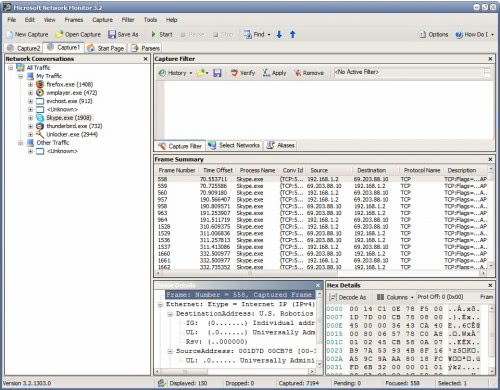

As the name suggests, this tool tracks the reliability and stability of the overall Windows system. The Reliability Monitor is another invaluable tool in the System Administrator's arsenal for root cause analysis. Clicking on the Resource Monitor button in the Performance tab of the Task Manager.Running the command perfmon /res from the Start menu's Run dialog box or.You can also start this tool as a standalone applet by either: The Resource View is the first screen you see when you start the Reliability and Performance Monitor. This can help you identify the process causing the bottleneck. For each of the resource types, the detail section also shows a list of processes running. The tool shows you the condition of the CPU, disk, network and memory of the local server in real-time. The integrated Resource View screen gives you just that information.

Perhaps the first thing you would want to look at when troubleshooting a slow performing server is the status of its physical resources. Data Collector Sets and Performance Monitoring.Reliability Monitor and System Stability Chart.The navigation pane divides the application's functionality into four main areas: Like most other tools of its class, the user interface is divided into a navigation and a detail pane. When you start the Reliability and Performance Monitor applet (from Start > All programs > Administrative Tools), you will see something like the following:


 0 kommentar(er)
0 kommentar(er)
